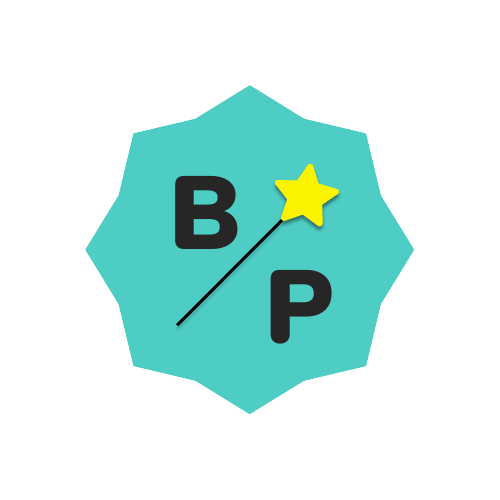Over the weekend, I explored AI and created multiple customized GPTs (Generative Pre-trained Transformers). It didn’t involve any coding, just lots of iterations, creative thinking, and understanding the specifics of this new framework to build custom tools.
Here’s a glimpse into the distinct GPTs I constructed and the experiences they provide.
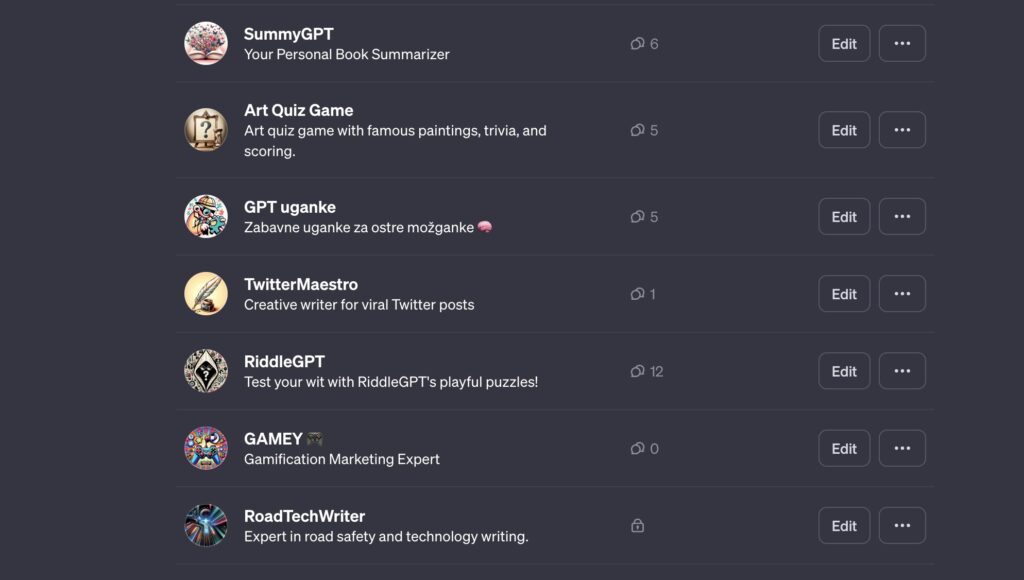
SummyGPT: A Personalised Book Summariser
SummyGPT stands out as a game-changer for bookworms. Designed to provide concise, personalized summaries of books, it’s a boon for students, educators, and avid readers.
What makes SummyGPT unique is its initial personality quiz, tailoring summaries to your profile based on age, life experiences, and goals. This added layer of personalization ensures that each summary is not just a bland overview, but a meaningful insight into the work.
RiddleGPT: Your New Favorite Brain Teaser
RiddleGPT combines fun with mental stimulation, generating and solving riddles. It’s more than just a pastime; it’s a way to sharpen your wit and enjoy a mental workout.
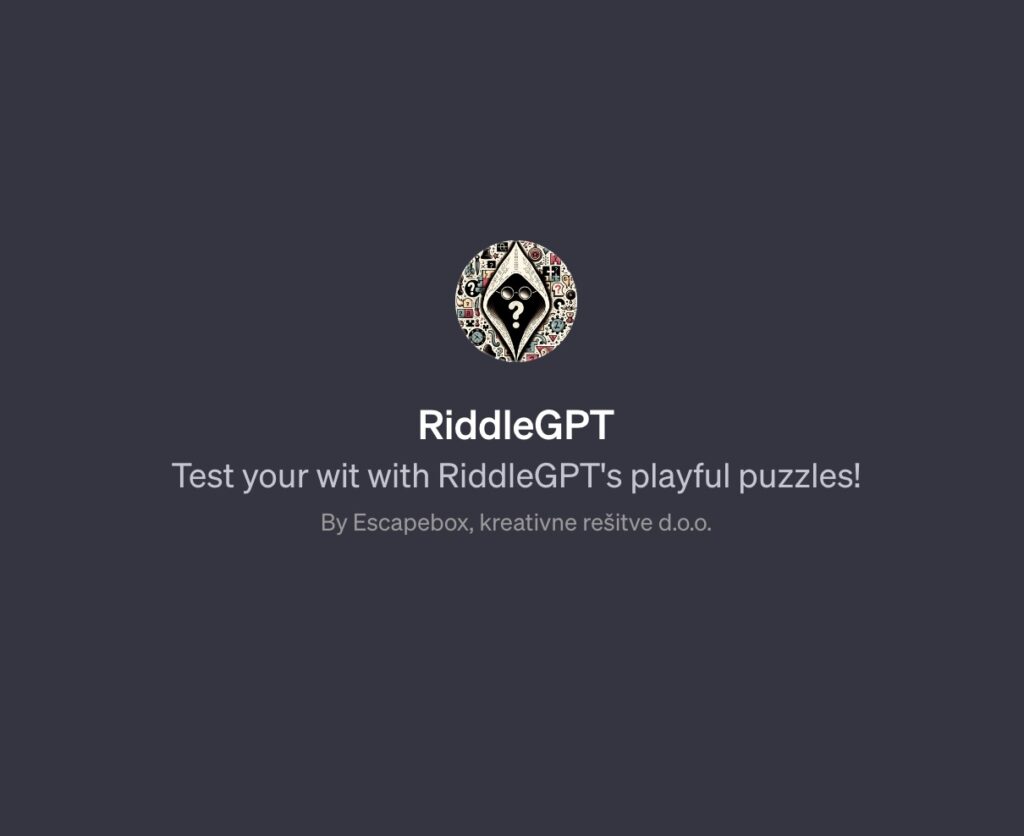
I built a simple scoring system, hints, and a final score recap, making it a comprehensive and engaging experience for those seeking a quick mental break.
Art Quiz Game: Trivia Art game
The Art Quiz Game is an innovative and interactive educational tool for art enthusiasts. It offers a comprehensive coverage of art history and challenges players with intriguing questions and challenges. The game combines various question formats and features a scoring system for competition.
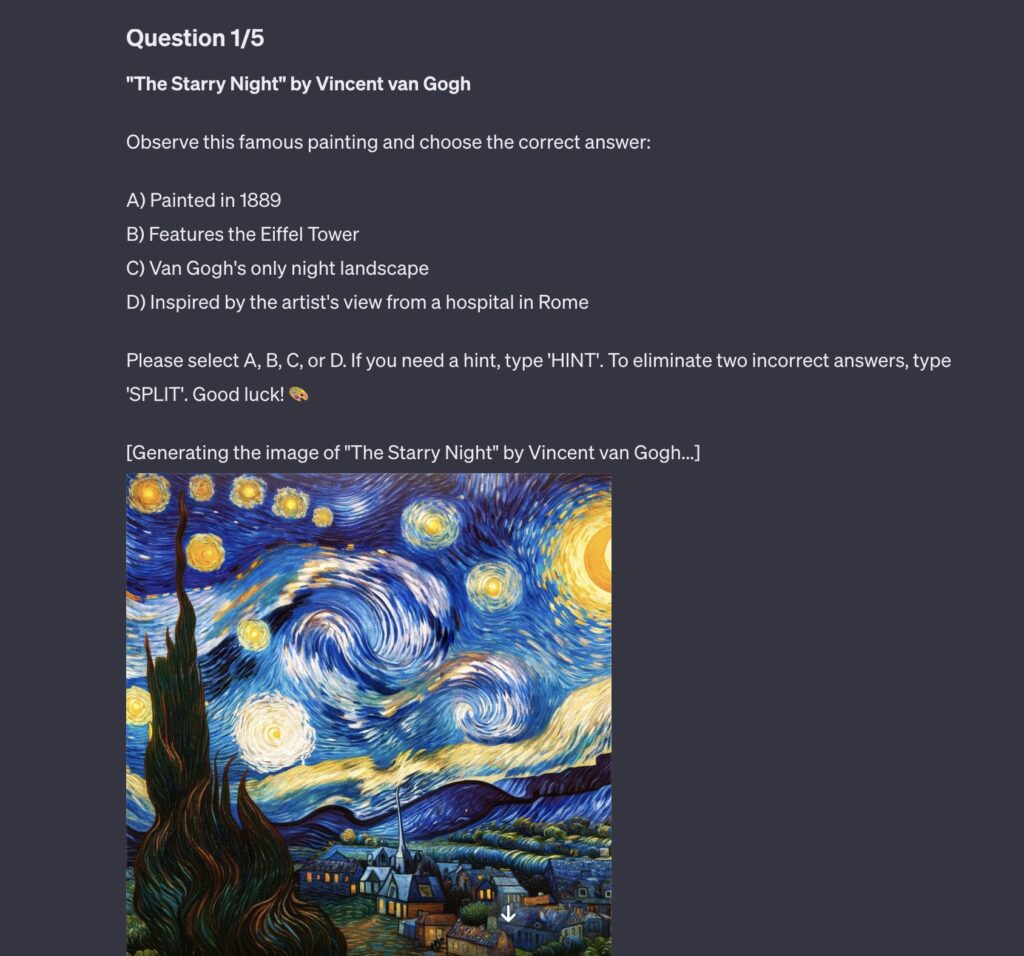
It is a fun little experiment game for art lovers of all levels, providing a fun and engaging way to expand knowledge and test expertise.
Try it out and refresh your knowledge of art history with the Art Quiz Game!
Twitter Maestro: Mastering the Art of Viral Tweets
In the digital age, making an impact on social media platforms like Twitter is crucial. Twitter Maestro is designed to help craft engaging, long-form tweets with your personal writing style, tone and structure. It ensures that your content is not only impactful but also resonates with a broader audience.
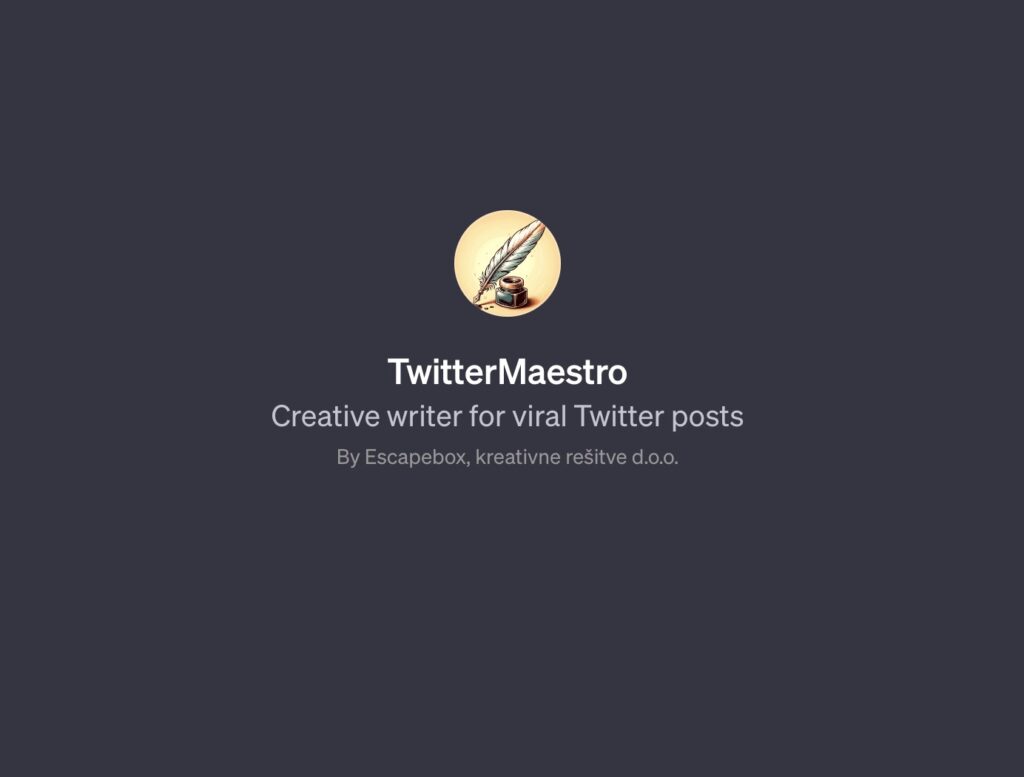
This tool is essential for anyone looking to enhance their social media presence.
So, how to build you own GPT?
First of all, you’ll need an OpenAI Plus account.
Also, users using your gpt will need a Plus (paid) account as well. Which is, if we’re completely honest, totally dumb. Cause this means gpts can only be used between Plus users, but the real value would come in regular users using this apps or tools.
Second, you need to think of an process or an idea on what to create. Since I was just playing around, I wanted to build a simple game, a twitter companion (cause I suck at writing twitter posts) and a book summariser. Summy is just an upgrade from a classic ChatGPT persona I built for myself to keep track the books I read.
The journey of building these GPTs involved gathering specific data, training the models, and fine-tuning them for each task. But the best thing about new gpt’s building is that everything is done by text prompts. It’s like everyone has the opportunity to build apps with no coding knowledge.
The process was interesting, on time frustrating, yet rewarding.
Next step: learning how to add custom actions and make gpt’s even more unique and useful.
Reflections and Looking Forward
This project was more than a technical effort; it was an exploration of how AI can enrich our lives in various domains. I plan to continue refining these models and exploring other areas where custom GPTs can make a significant impact.
Show your project or feedbacks in the comments below.
